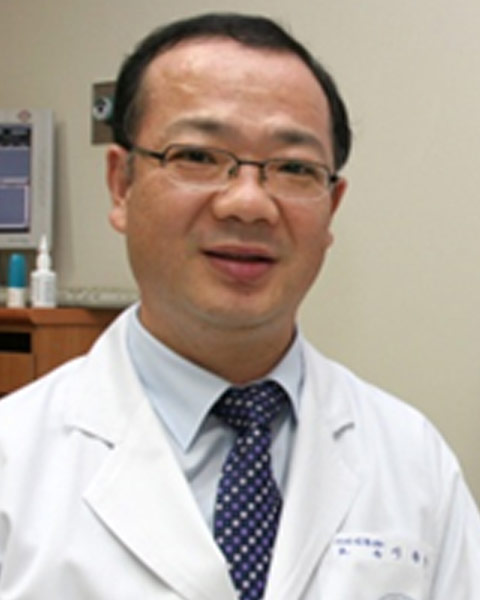Rhinology/Allergy
(1222) Periostin Regulates Tissue Remodeling in Chronic Rhinosinusitis With Nasal Polyps: Effect of Glucocorticosteroid
Monday, September 30, 2024
12:00 PM - 1:00 PM EDT
Introduction: Periostin plays an important role in the development of chronic rhinosinusitis (CRS) with nasal polyp (CRSwNP). Glucocorticoids (GCs) are anti-inflammatory drugs used to treat CRS. However, the mechanism for inhibiting periostin-induced tissue remodeling is still unclear. We investigate the expression of periostin, α-SMA, and extracellular matrix (ECM) components in sinonasal tissues and to evaluate the inhibitory mechanism of GCs in sinonasal fibroblast and mucosa.
Methods: We measured the expression of periostin, α-SMA and ECM components (fibronectin, collagen type 1) in sinonasal tissues. Correlation of CRS severity (Lund-Mackey score) and periostin expression level was evaluated. Fibroblasts and ex vivo culture of the inferior turbinate were used to investigate the effects of GCs on periostin-induced regulation using real-time PCR, western blot, and immunostaining. Wound healing, transwell invasion, and collagen gel contraction were performed to evaluate migration and collagen contraction.
Results: Periostin was highly expressed in eosinophilic CRSwNP and correlated with the Lund-Mackay score. In sinonasal fibroblasts, periostin increased tissue remodeling-related protein expression. GCs suppressed the expression of periostin. In addition, periostin induced activation of Src/AKT/mTOR, which was inhibited by GCs. GCs also inhibited periostin-induced fbroblast migration, invasion, and collagen gel contraction.
Conclusions: These results suggest that GCs are therapeutic agents for CRSwNP by inhibiting tissue remodeling through the inhibitory effect on Src/Akt/mTOR signaling pathway.
Methods: We measured the expression of periostin, α-SMA and ECM components (fibronectin, collagen type 1) in sinonasal tissues. Correlation of CRS severity (Lund-Mackey score) and periostin expression level was evaluated. Fibroblasts and ex vivo culture of the inferior turbinate were used to investigate the effects of GCs on periostin-induced regulation using real-time PCR, western blot, and immunostaining. Wound healing, transwell invasion, and collagen gel contraction were performed to evaluate migration and collagen contraction.
Results: Periostin was highly expressed in eosinophilic CRSwNP and correlated with the Lund-Mackay score. In sinonasal fibroblasts, periostin increased tissue remodeling-related protein expression. GCs suppressed the expression of periostin. In addition, periostin induced activation of Src/AKT/mTOR, which was inhibited by GCs. GCs also inhibited periostin-induced fbroblast migration, invasion, and collagen gel contraction.
Conclusions: These results suggest that GCs are therapeutic agents for CRSwNP by inhibiting tissue remodeling through the inhibitory effect on Src/Akt/mTOR signaling pathway.

Heung-Man Lee, MD
Professor
Korea University Medical Center, Guro Hospital
Seoul, Seoul-t'ukpyolsi, Republic of Korea
